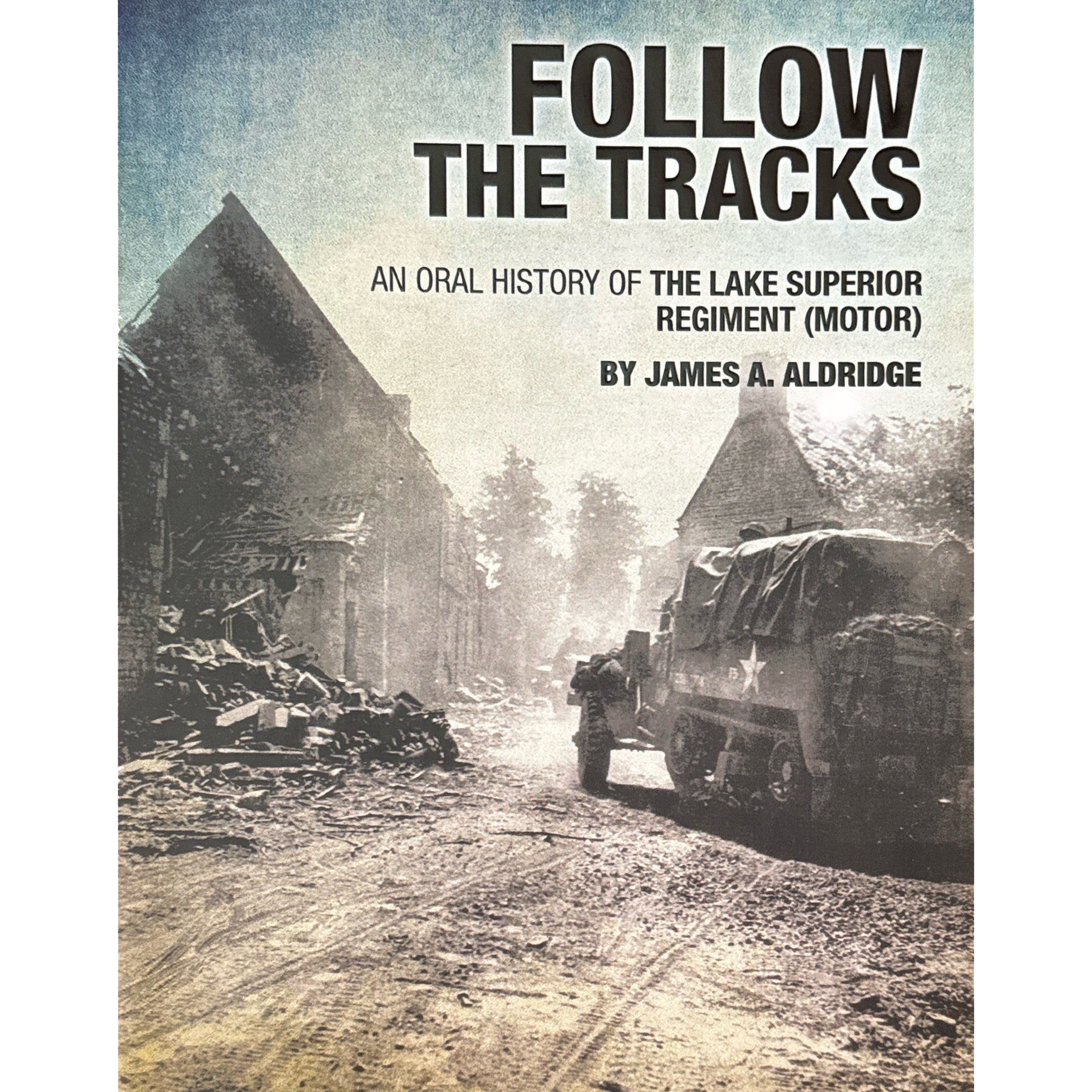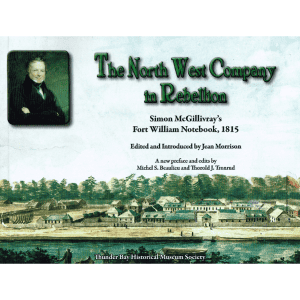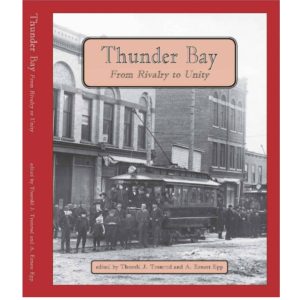Follow The Tracks: An Oral History of The Lake Superior Regiment (Motor)
$99.00
“James Aldridge has created a magnificent tribute to a fine Canadian regiment. Based on a thorough knowledge of the campaign and a series of moving interviews with veterans, the book adds greatly to our knowledge of the Canadian soldiers’ experience of war.” — Terry Copp, Professor of History Emeritus and Director of the Laurier Centre of Military, Strategic and Disarmament Studies at Wilfrid Laurier University.
- Pages: 494
- Publisher: Tellwell Publishing (2024)
- Binding: Hardcover
About the author:
James A. Alridge was born in Fort William (now Thunder Bay), Ontario, Canada. He has a bachelor’s degree in business administration from the University of California, Los Angeles, and master’s degrees in business administration from California State University, Long Beach, and in Science from California State University, Fullerton.
He has served in the United States Army and as Director of Human Resources for McDonnell Douglas in various facilities in Canada and California. He and his wife, Sirkka, have made several trips in Europe following the route of the Lake Superior Regiment (Motor) from Normandy to Germany.
Mr Aldridge has authored Saving the Bolsa Chica Wetlands and has written and produced a DVD on Finnish history and culture. Now retired, he and Sirkka live in Huntington Beach, California.
Out of stock
Description
Follow The Tracks
An Oral History of The Lake Superior Regiment (Motor)
By James A. Aldridge
About the author:
James A. Aldridge was born in Fort William (now Thunder Bay) Ontario, Canada. He has a bachelor’s degree in business administration from the University of California, Los Angeles, and master’s degrees in Business Administration from California State University, Long Beach, and in Science from California State University, Fullerton.
He has served in the United States Army, and as Director of Human Resources for McDonnell Douglas in various facilities in Canada and California. He and his wife Sirkka have made several trips in Europe following the route of the Lake Superior Regiment (Motor) from Normandy to Germany.
Mr. Aldridge has authored Saving the Bolsa Chica Wetlands and has written and produced a DVD on Finnish history and culture. Now retired, he and Sirkka live in Huntington Beach, California.
Description:
The origin of the Lake Superior regiment (motor) reverts to July 1905, when a militia regiment of infantry designated the “96th The Lake Superior or Regiment” on 1 December 1905, was authorized with headquarters in Port Arthur, Ontario. The outbreak of the first world war propelled the regiment into a new active role, that of providing volunteers for the 52nd Battalion of the Canadian Expeditionary Force (CEF).
No history of the LSRM(M) would be complete without some brief mention of the outstanding accomplishments of the fighting 52nd. Many of the soldiers of the LSR in the Second World War had fathers and uncles who had served in the 52nd , and they were determined to uphold the proud traditions established by their kinsmen.
When the regiment mobilized on 2nd June 1940, some volunteers came from the local Militia; others enlisted to free themselves from the shackles of the Great Depression.
The Lake Sups were a tough lot-bush workers, miners, farmers, and Native Canadians- representing a broad merging of working-class Canadians. Many were boys who lied about their ages in order to enlist. Whatever their backgrounds, in time they became a tightly-knit family where the regiment became their home.
In 1942, the LSR became a motor battalion affiliated with the three armoured regiments of the 4th Canadian Armoured Division. Once in combat, machine guns acquired from downed aircraft or from the armoured regiments were mounted on the tracked LSR vehicles, giving the motor battalion the firepower equivalent to that of an infantry regiment as they blazed their way across Northwest Europe. Before war’s end, the battalion had so acquitted itself, the armoured regiments requested, and were accorded, the unprecedented honour of displaying their own insignia on the LSR vehicles.
The oral history is of them, and for them. The veterans, and indeed their families, wherever in Canada they hailed from, can be justifiably proud of the record of the motor battalion from northwestern Ontario.
Reviews:
“James Aldridge has created a magnificent tribute to a fine Canadian regiment. Based on a thorough knowledge of the campaign and a series of moving interviews with veterans, the book adds greatly to our knowledge of the Canadian soldiers’ experience of war.” — Terry Copp, Professor of History Emeritus and Director of the Laurier Centre of Military, Strategic and Disarmament Studies at Wilfrid Laurier University.
“This is a truly remarkable piece of in-depth historical scholarship on a heretofore largely neglected topic of Canadian military history during World War II, though the author, to his credit, also accords attention to relevant prior developments in World War I. The research, fieldwork, and writing, covering nearly two decades in time, has resulted in what may properly be claimed as a “definitive” study. It is a masterpiece for many reasons. On the one hand, Follow the Tracks is brilliantly conceptualized, strategically organized, amply documented, and elegantly narrated through a deft combination of cogent background overviews by the author and engaging first-person oral historical commentaries by those eighty-eight LSR members he painstakingly interviewed on tape for posterity. On the other hand, it is rendered still more reader-friendly and meaningful by the purposeful inclusion in the text of pertinent and luminous photographs, maps, and illustrations. Notwithstanding its staggering length of 450 plus pages of densely packed text, its readers will find this book well worth the fortuitous opportunity to immerse themselves in its bountiful contents. This is a volume that was clearly a labor of love for its author to write and promises to be one for its readership to relish and forever remember.” – Arthur A. Hansen, Emeritus Professor of History and Founding Director of the Center for Oral and Public History and California State University, Fullerton
Copies of the Follow the Tracks:
- 1 copy of the book will be available for each descendant family of the interviewees from the LSR
- Click here to view the list of interviewees
- Families unable to do local pickup can order their copy from the Museum’s giftshop by calling 807-623-0801. While the book is free, shipping charges will apply.
- Pages: 494
- Publisher: Tellwell Publishing (2024)
- Binding: Hardcover
Additional information
| Weight | 1.85 kg |
|---|---|
| Dimensions | 22.5 × 2.8 × 29 cm |









